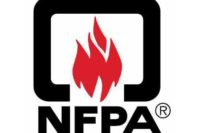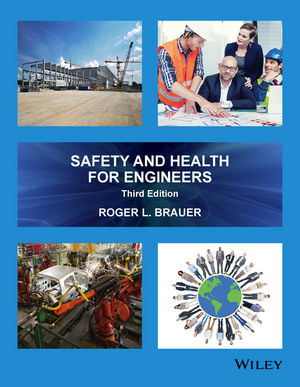The National Fire Protection Association (NFPA) has developed a training bundle to help facility managers, building owners, engineers, designers, and code officials address essential safety and security features in the buildings that they are charged with keeping safe and functional.
The Balancing Safety and Security with Fire Doors, Dampers and Door Locking Online Training Series provides an introduction to NFPA 80, Standard for Fire Doors and Other Opening Protectives (2016), and delves into the inspection, testing and maintenance (ITM) for swinging fire doors, requirements for fire and smoke dampers, and permissible door locking arrangements during a 4-module, 4-hour self-paced training program.
Since 2007, NFPA 80 has included many important technical requirements related to the ITM of fire doors. In the past, fire door inspections may not have always been on the radar of busy facility managers and building authorities, but fire doors are unique in that, they could be used every day and can experience significant wear and tear, depending on their location. Doors that occupants use to regularly access stairwells, storerooms, and hotel rooms, for example, need to be properly maintained in order to prevent the spread of fire and smoke during a fire and ensure optimal working conditions on a regular basis. Conversely, building fire protection systems, such as sprinklers and alarms, smoke control, and fire extinguishers are used only during a fire or emergency.
Those responsible for fire doors often manage the fire and smoke dampers within a building as well. While the damper itself may only be needed during a fire, continuous and compliant inspection and maintenance programs help ensure that the dampers will perform properly during a fire and prevent the spread of fire and smoke throughout the building. Because these systems are not seen by occupants and can be challenging to access if not designed properly, they are often neglected. Finding out too late that a damper has been blocked or held in an open position, is inoperable, or has missing or damaged elements, can be disastrous.
“The NFPA 80 and NFPA 101 training bundle makes perfect sense for a variety of reasons – not the least of which is the fact that facility managers, AHJs and designers have a lot of ground to cover in their roles,” Kristin Bigda, NFPA Technical Lead for Building & Life Safety said. “This valuable training series provides necessary, but often overlooked, safety information related to very common building systems.”
The online training includes more than 30 videos with engineers and others explaining key points, as well as animations, case studies and a Q+A section.
About the National Fire Protection Association (NFPA)
Founded in 1896, NFPA is a global, nonprofit organization devoted to eliminating death, injury, property and economic loss due to fire, electrical and related hazards. The association delivers information and knowledge through more than 300 consensus codes and standards, research, training, education, outreach and advocacy; and by partnering with others who share an interest in furthering the NFPA mission. For more information visit www.nfpa.org. All NFPA codes and standards can be viewed online for free at www.nfpa.org/freeacces








